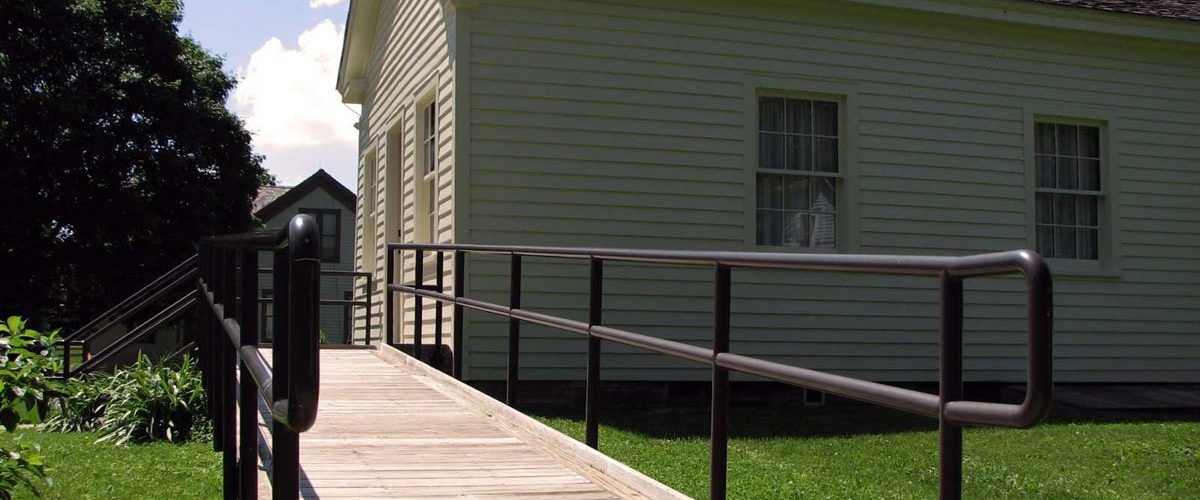A House of Lords inquiry six years ago found that the UK government, as well as society as a whole, were underprepared for the needs of our ageing population. However despite the findings, evidence shows that we continue to ignore this important issue.

If people are going to live longer in their own homes and avoid the costs of residential care, their homes must be capable of easy adaptation and be suitable for the limitations of later life. However, just 7% of England’s housing stock is ‘visitable’ – the most basic features of accessibility – by someone with physical limitations.
Whilst older homes may be more difficult to retro-fit to make them fully accessible – although not impossible – there are not enough new homes being built with an accessible focus. There are standards which developers can work to to ensure that a home is accessible, such as the Lifetime Homes scheme. The Lifetime Homes scheme emerged from the work developed by the Habinteg Housing Association and the Helen Hamlyn Foundation in the late 1980s, with the interest of providing housing needs for the disabled and the elderly.
A Lifetime Home follows 16 design criteria that provide the absolute model for building accessible and adaptable homes. From consideration of approach gradients, level entrance thresholds, through to reinforcement of ceilings and walls to allow tracking hoist routes and handrails, Lifetime Homes are ideal for those with additional physical and sensory needs – as well as supporting an ageing population and their carers. We can support you with these modifications, enabling you to stay in your own home for longer by applying the principles of the Lifetime Homes scheme. Contact us for more information.

However, a comprehensive survey of English councils published recently by Habinteg housing association has found these optional standards are not being applied widely enough. Outside of London, only 23% of homes to be built by 2020 are estimated to meet the basic accessibility criteria – such as walls strong enough for grab rails and an entrance level toilet – whilst just 1% will be completely wheelchair accessible. These findings are alarming alongside NHS estimates of 1.2 million wheelchair users in England alone, and raises the question of how they will be supported in the future?
Additional costs, at least for basic accessibility, has been costed at less than an extra £1,400 for a three-bed semi-detached house. Provision for wheelchairs comes to a larger £17,000 for an adaptable property, or nearly £30,000 for full accessibility, however failure to apply these standards can have a much larger economic impact. In our post Lifetime Homes: Protecting Against the Spiralling Cost of Social Care we explained how those with mild care needs could save up to £17,000 a year by opting for just three hours of care a day at home, and those with more complex needs could also save £6,500 by staying in their own modified homes. Similarly, for every week that someone cannot be discharged from hospital due to their home not meeting their needs, it costs the NHS at least £2,000 per week.

Incorporating the Lifetime Homes standards into new-build housing schemes would reduce the need for more complex future adaptations as well as give greater choice to those who cannot easily achieve independent living. Lifetime Homes rarely require greater space standards and should not impact on the overall density of a development. Furthermore, because of the way they are designed they often feel more spacious, a feature important in high density developments could increase value.
At ethical partnership we are passionate about meeting the needs of our entire population through the Lifetime Homes scheme. We can review designs, train builders, and undertake site audits. Contact us today for more information and follow us on Twitter and LinkedIn to keep up-to-date with developments in the planning industry. You can also visit our new YouTube page to easily find all of our videos about planning, the environment and the services we offer.

